The advertising industry just consolidated into fewer hands than ever before, and if you’re a mid-market brand, you’re about to find out exactly what that means for your business.
If you’re a marketer at a mid-market brand, you’ve probably been watching the news with a mix of fascination and concern. Omnicom’s massive $25 billion acquisition of Interpublic Group created the world’s largest advertising conglomerate with over 100,000 employees across six global creative networks. In terms of scale and reach, it’s a staggering achievement.
But here’s the question that’s been nagging me: What does this mean for brands like yours?
As the president of a specialist advertising agency, I’ve had a front-row seat to these industry shifts over the years. While some celebrate these advancements in advertising, a different story unfolds behind the scenes. The growth brings uncertainty, and mid-market brands are navigating the unfamiliar waters of the ever-changing industry.
The Great Consolidation: More Than Just Numbers
The Omnicom-IPG merger is no anomaly. It’s part of a broader wave of consolidation that’s reshaping our entire industry. WPP has retired around 300 agency brands and closed over 800 offices. Thousands of jobs have been cut in early 2025 alone. The way agencies operate has undergone a fundamental shift, leaving a significant impact on the advertising field as a whole.
The drive for efficiency is forcing holding companies to standardize processes, consolidate services, and prioritize only their largest clients. It’s a logical business move, but it has serious repercussions in terms of fostering a positive business environment. Morale among agency staff is low, particularly at holding companies, with just 32% reporting positive morale compared to much higher rates at independent agencies.
The race to push for any progress, whether it’s beneficial long-term or not, has created what others have referred to as “The Forgotten Middle.” The mid-market brands and employees that are responsible for building these powerful agencies now find themselves left behind, fighting for attention in an increasingly crowded environment.
When Bigger Isn’t Better: The Hidden Costs of Mega-Agencies
It’s true that large agencies have the resources, reach, and capabilities that smaller shops lack. Despite the glitz and glam, upsizing has its trade-offs. Through prioritizing quantity, they’ve sacrificed quality. Mid-market brands often require a certain skillset, curated to each client, that large agencies can’t rival, but a specialist advertising agency can.
The Personalization Problem
Remember when your account director knew your coffee order? When your business challenges were understood without needing a briefing document? As agencies prioritize standardized solutions over tailored strategies, camaraderie is increasingly hard to come by.
This shift toward standardized processes means that the nuanced understanding of your brand’s unique position, challenges, and opportunities gets lost in the push for one-size-fits-all approaches. The math is simple: when agencies reduce staff in favor of an algorithm, personalized attention becomes a luxury they can’t afford to provide.
The Talent Exodus
Proficiency in your discipline remains a fundamental value as 97% of advertisers list access to key talent as a priority for future growth, according to the recent Future of Media Agency Models report. It’s ironic that the very consolidation aimed to strengthen agencies is driving away the creative minds that turn good campaigns into great ones.
The recent wave of layoffs has hit mid- and senior-level staff particularly hard. Many of these skilled strategists are leaving holding companies altogether, either starting their own shops or joining specialist advertising agency. How does this affect you? Well, that senior strategist who intimately knows your brand’s particularities might be gone, replaced by someone with less experience and a heavier workload who won’t have the time to appreciate what makes your company unique.
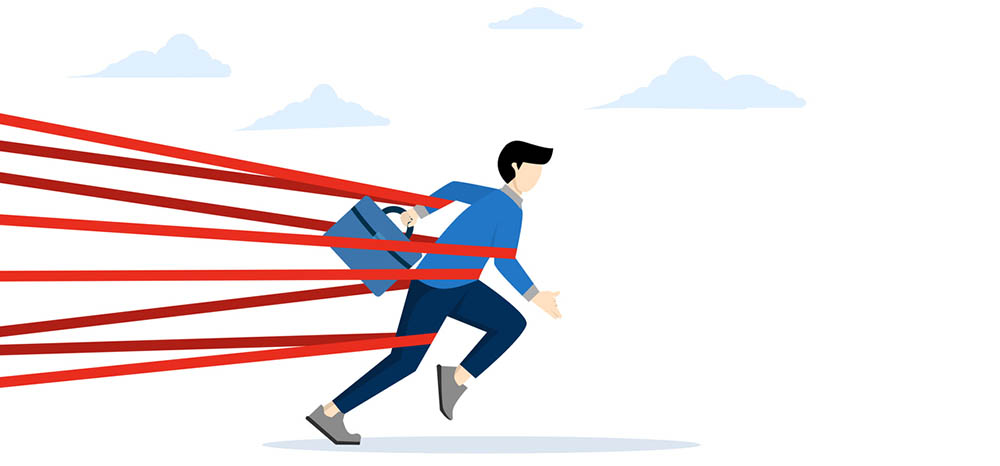
The Bureaucracy Burden
Mergers create complexity, and complexity slows things down. What used to be a quick approval process now involves multiple layers of management. Campaign launches are more likely to be delayed, and simple alterations require extensive documentation.
One advantage mid-market brands often have over their larger competitors is their agility. This advantage can be lost when working with a larger, slower partner that may not be able to act or react as quickly. A vast agency is in danger of spreading itself too thin, lengthening processes and delaying results.
In today’s fast-moving marketplace, these delays are frustrating and even potentially devastating. Missing a launch window or failing to capitalize on a trending moment can make the difference between a successful campaign and a missed opportunity.
The Trust Deficit: Why Relationships Matter More Than Ever
Trust is the foundation of any successful agency-client relationship. A study by the ANA found that 56% of respondents cite trust as most important for a successful long-term relationship, yet fewer than 30% of advertisers feel that trust levels between marketers and agencies are actually high.
Between mergers and reorganizations, the advertising industry’s constant state of fluctuation isn’t helping build relationships. Trust erodes quickly when you’re not sure who’s managing your account or agency brands you’ve worked with for years disappear overnight.
This pattern is becoming increasingly common across the industry. When the trusted point of contact leaves, forcing paying clients to spend more time educating an agency about their business than receiving strategic guidance, the fundamental value proposition of the agency relationship has broken down.
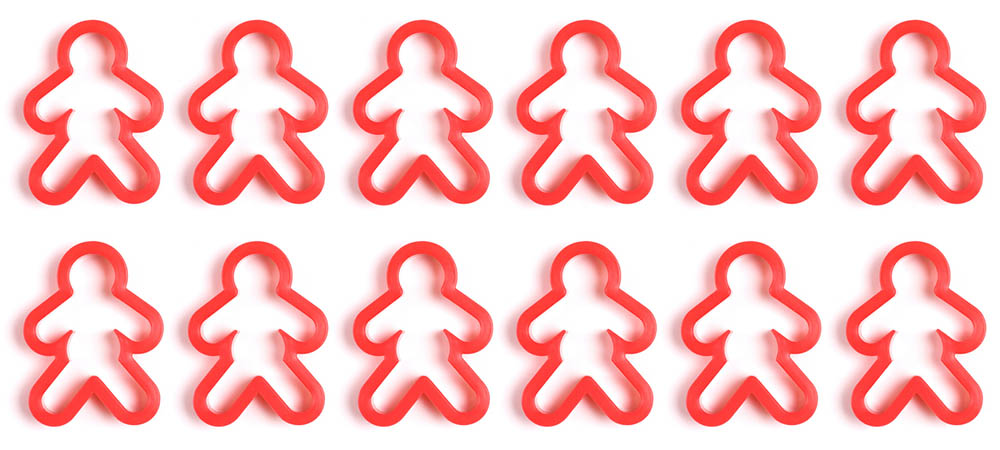
The Innovation Gap: Cookie-Cutter Campaigns in a Custom World
As John Drake noted in his research on mid-market advertising performance, “Middle market companies have a natural advantage because they have fewer layers of decision makers. There is greater likelihood that an amazing concept remains focused on one key message, retains its emotional appeal, and keeps consistent across multiple channels.”
The competitive edge of mid-market brands means faster approvals and the freedom to take creative risks that larger companies can’t. However, you won’t reap these benefits if your agency partners can’t match your pace because they’re bogged down in bureaucracy and homogenization. Partnering with a specialist advertising agency that can move quickly will complement your campaign and make the most out of this streamlined structure.
The Specialist Advantage: Why Smaller Can Be Better
If you’re following along, it should become increasingly obvious why I believe the future belongs to specialist agencies, particularly for mid-market brands.
At our OOH agency, we work with clients who range from regional restaurant chains to national consumer brands, unlike holding companies who only make room for the largest of clients. What our clients do have in common is a need for partners who understand their specific challenges, can move at their speed, and have the focus to do so.
Deep Expertise Over Broad Reach
While mega-agencies try to be everything to everyone, specialist agencies go deep. In our case, that means understanding the nuances of out-of-home advertising that generalists miss. We know which locations drive the highest engagement for different demographics. We understand the regulatory landscape across different markets. We have relationships with media partners originating decades ago. We understand how traditional out-of-home can integrate with conference marketing and experiential activation.
It’s only with this depth of expertise that your strategy translates into better results. Our primary duty is to familiarize ourselves with your brand and its objectives so we can provide the best service possible. You’re not a mere drop in the bucket to us because your success is our success in a much more direct way.
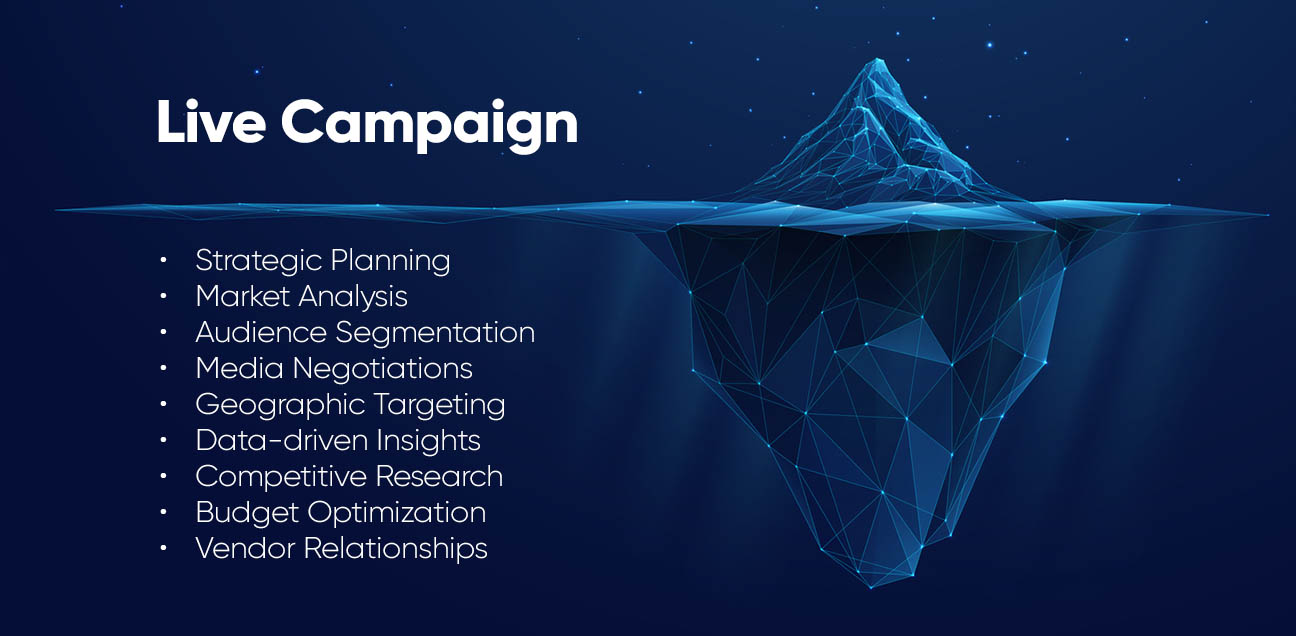
Senior Attention at Every Level
When you work with a smaller agency, you’re not just getting junior staff supervised by senior leadership, you’re getting trustworthy senior leadership directly involved in your business. The person making strategic decisions about your campaigns is the same person who’s invested in the agency’s long-term success.
Cultural Alignment and Shared Values
Mid-market brands often have strong company cultures and values that drive their decision-making. Large agencies, by necessity, must appeal to a broad range of clients with different values and approaches.
Since a specialist advertising agency can afford to be more selective about who they work with, they have better cultural alignment. Working with agency partners who share your values and understand your working style means processes flow more smoothly and success is imminent.
Making the Switch: What to Look for in a Specialist Advertising Agency
If you’re feeling lost in the shuffle at your current mega-agency, here’s what’s waiting for you on the other side:
- Demonstrated Expertise: Look for agencies with extensive knowledge in your category or channel. Generic marketing experience won’t beat partners who understand the specific challenges and opportunities in your space.
- Direct Access to Leadership: Will you be working with the agency’s senior team, or will you be handed off to junior staff? Insist on meeting the people who will be hands-on working for your business.
- Aligned Values and Culture: This goes beyond just liking the people (though that helps). Look for agencies whose approach to business, creativity, and client relationships aligns with your own.
- Proven Track Record with Similar Brands: Ask for case studies from brands similar to yours in size and complexity. How did they handle challenges? What were the results?
- Transparent Communication: In a smaller agency, there’s nowhere to hide. Everything should be transparent, from pricing to process to results.
The Road Ahead: Why This Matters for Your Brand’s Future
The consolidation of advertising will only continue, likely accelerating from here. More mergers are coming, and standardization will remain on the rise. As a result, talented people will continue to break away from mega-agencies to pursue an optimal future.
For mid-market brands, this creates both a challenge and an opportunity. The challenge is that traditional agency relationships are becoming less reliable and less personal. The opportunity is that there are more high-quality specialist agencies than ever before, staffed by people who left the holding companies because they wanted to do better work for clients who actually matter to them.
The question isn’t whether you should consider making a change but whether you can afford not to. As qualities like efficiency and loyalty become more of a rarity, they increase in value because not every agency possesses them.
Your brand deserves partners who see you as more than just another account number. You deserve agencies where senior leadership knows your business, cares about catering to your niche, and is invests in your success.
The mega-agencies will continue to serve the Fortune 500 just fine. But if you’re a mid-market brand looking for the kind of partnership that drives real growth, your future is with specialists who recognize that great advertising is still, and always will be, fundamentally, about human relationships.
The choice is yours. Take your brand to a specialist advertising agency that accommodates your wants and needs or be pushed to the backburner by a self-serving mega-agency. Just be careful not to miss your opportunity. The best specialist agencies are becoming more selective about who they work with, and the Forgotten Middle is starting to remember what great service looks like.

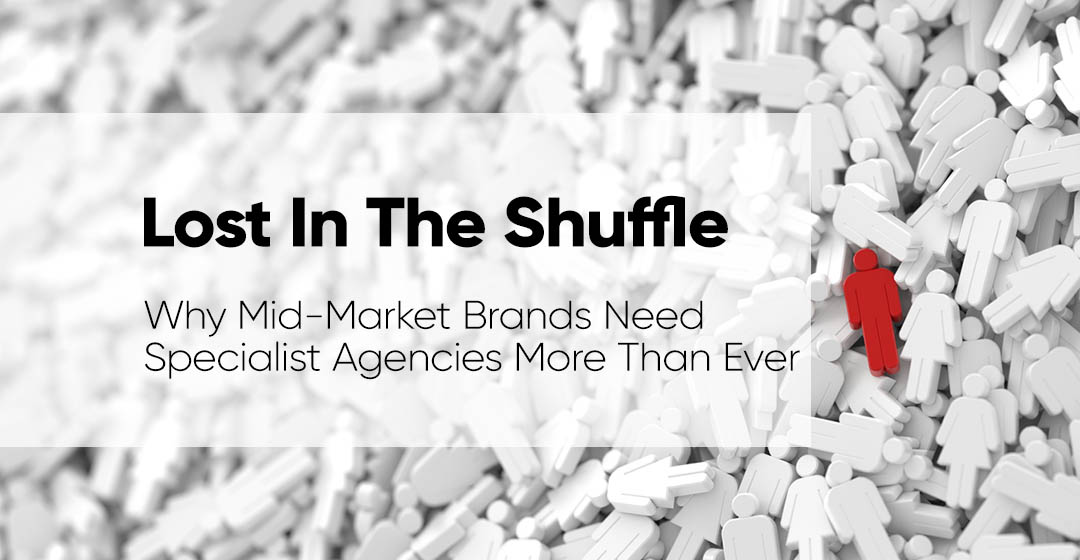
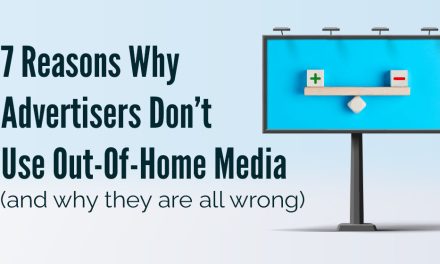
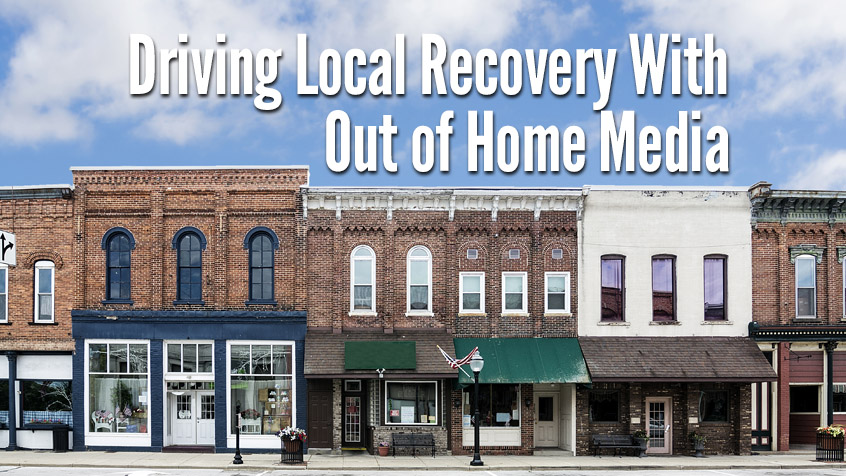

![The Numbers Behind Experiential Marketing [Infographic]](https://www.emcoutdoor.com/blog/wp-content/uploads/2018/02/experiential-inforgraphic-header.jpg)